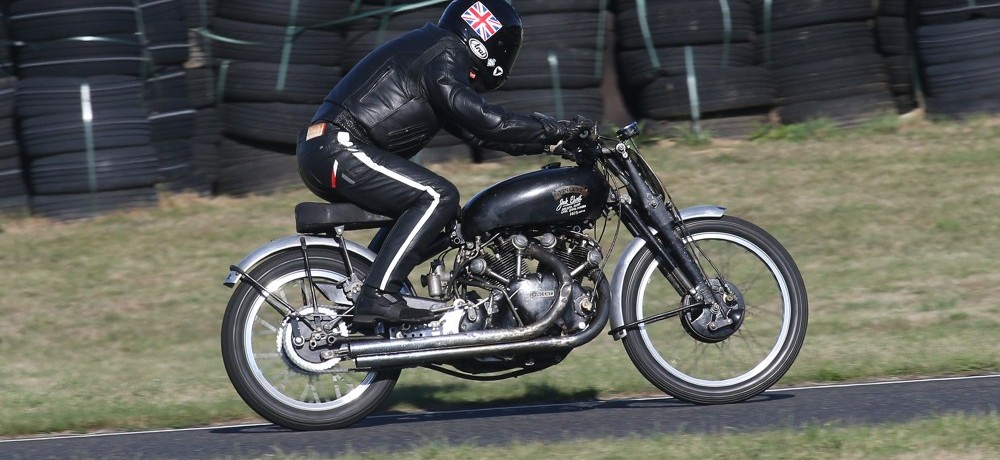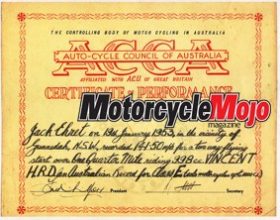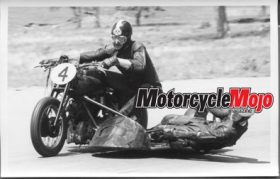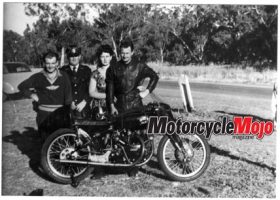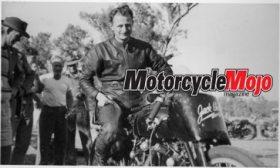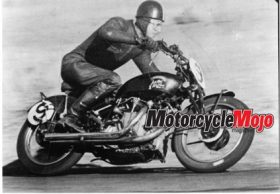A brief history of the Vincent 998 cc V-twin brings us to the Ehret Vincent, arguably the most important Black Lightning in existence and one of the world’s most famous, and expensive, motorcycles
Seventy years ago, the Vincent Black Shadow delivered the most performance from a street-legal vehicle that money could buy, on two wheels or four. Officially timed at 122 mph, it outsped the Jaguar XK120 two-seater sports car, which was then the world’s fastest production car, making the Shadow the first true superbike of the modern era. Vincent’s countless road-racing and speed-record successes testified to the inherent performance wrapped up in the British firm’s 50-degree V-twin engine – so much so that attempts to run a 1,000 cc Clubman’s TT in the Isle of Man floundered after just three races, all won by Vincents, with the others nowhere in sight. Indeed, in the final 1950 edition, only Vincents took part; nothing else on two wheels could compete with the vivid performance and exceptional handling by 1950s standards delivered by the 998 cc motorcycle created by legendary Australian engineer Phil Irving.
Vincent’s Most Famous Model

The Black Lightning’s genesis is the stuff of legend for Vincent enthusiasts, and it essentially began with London Vincent dealer Jack Surtees, the father of future world champion and Vincent factory apprentice John Surtees. Jack had been racing a Norton sidecar with some success, and in 1947 ordered a Rapide from the factory with some special tuning parts. This engine was built at Vincent’s Stevenage plant alongside a second such engine, which was then loaned to George Brown, the firm’s experimental test rider since 1934, who gave the ensuing bike its competition debut at Cadwell Park in 1947. For the unlimited capacity Hutchinson 100 race at Dunholme later in the year, Brown’s special Rapide was further improved, enabling him to finish second in the race to Ted Frend’s works 500 cc AJS Porcupine – a bike that would win the inaugural 500 cc World Championship in 1949.
An Unlikely Moniker

Purchase the issue to continue reading









